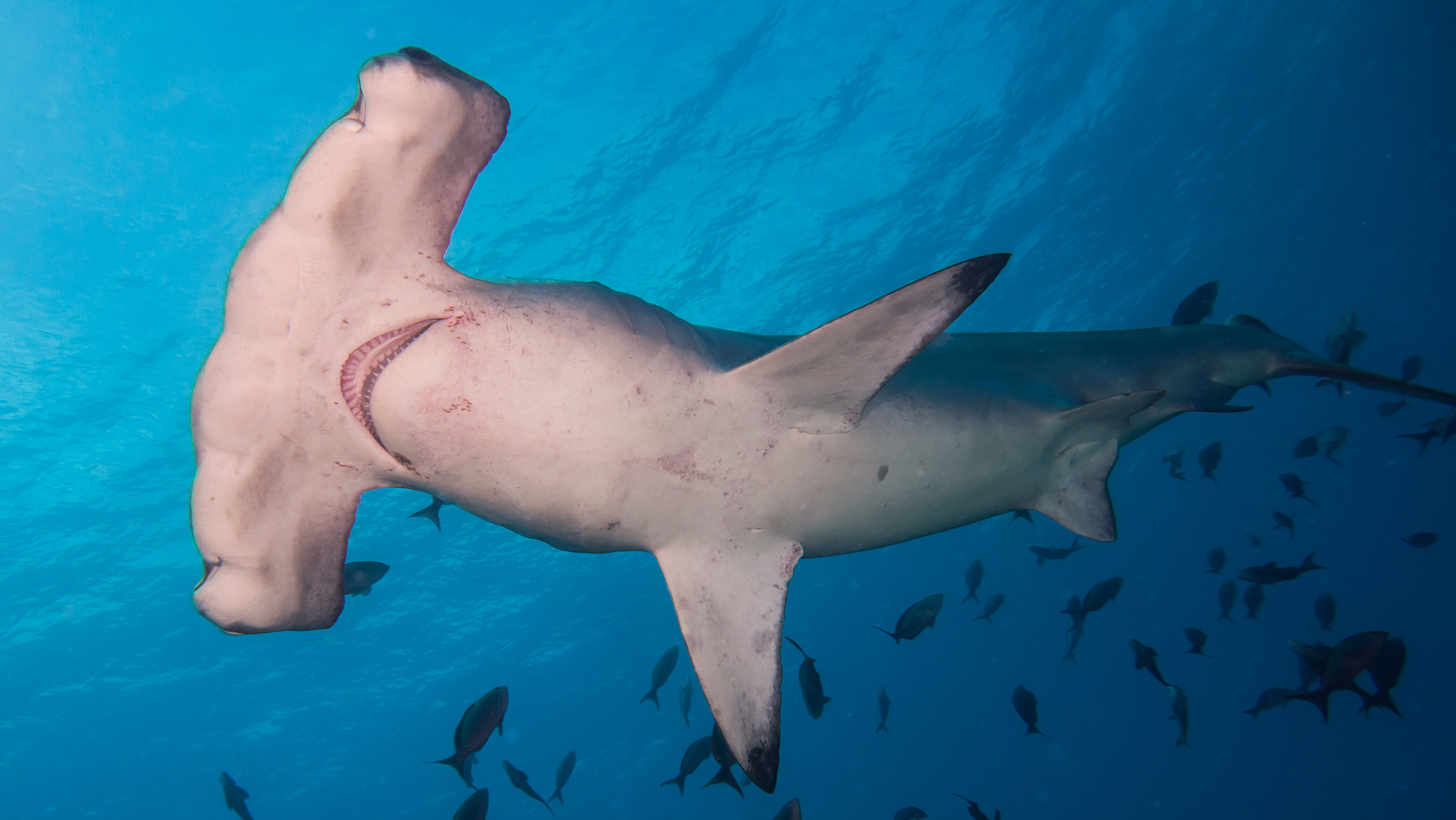Written by: Diego Vincenzi
Costa Rica is known worldwide for its commitment to conservation and responsible use of natural resources. Among its history of effective conservation measures are its efforts in the 90s to halt and reverse deforestation. We have a robust protected areas system, both in land and in our ocean: About 25.5 percent of our land territory is protected (and 57 percent has forest cover), and just recently we expanded our Marine Protected Areas (MPA) to cover 30.2 percent of our waters.
The process of expanding our MPAs began around 2018, when we first began meeting with the different sectors and stakeholders involved in marine life. This process was very open, and the government tried to involve coastal communities as well. But as in any negotiation, things weren’t perfect, and some sensibilities were hurt.
We Costa Ricans are known for our peaceful manners and our “Pura Vida” lifestyle, so holding grudges is not part of our way of life. In 2022, we set sail towards bringing “Peace for the Ocean”; this concept is envisioned as a global call to raise awareness about the role of the ocean on the planet and to promote the concrete actions necessary to change our interactions with it. We began addressing certain issues related to the fisheries sector, which had some concerns about legal matters related to the expansion of the MPAs.
We held many meetings with the fishing sector and with the conservation sector. Decisions were taken. Popular? Maybe not with everyone. The right ones? Definitely. So after months of negotiation several outcomes emerged:
1. An agreement between MINAE (Ministry of Environment and Energy) and INCOPESCA (Costa Rican Fishing Authority) for the management of vulnerable species. We have set a series of binding rules for the conservation, protection and sustainable use of different shark species, including the whale shark, tiger shark and oceanic whitetip, that inhabit our waters.
2. A new decree prohibits the fishing of the three species of hammerhead sharks that frequent our Exclusive Economic Zone. But perhaps just as importantly, it has another key element: It obliges the captains of the fishing vessels to record all hammerheads caught as bycatch and orders them to free them. Why this is key? Because now this gives us access to data, straight from the source, so we can make informed decisions about these priceless species.
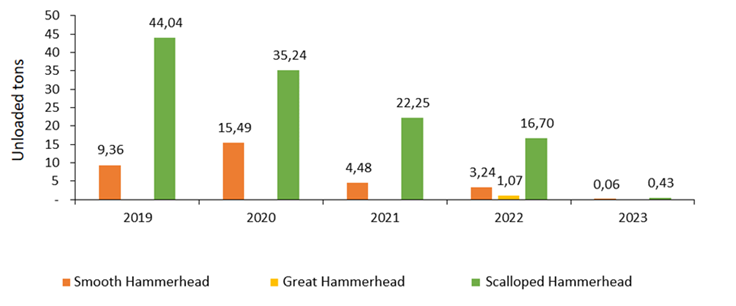
The chart above shows the decreasing hammerhead casualties of unloaded vessels at port, and how in 2023 when the decree was signed it dropped to almost none.
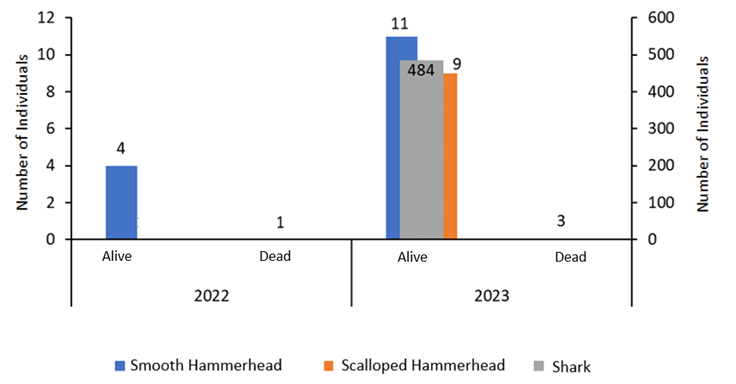
This second chart gives me hope: that, thanks to the new regulations, the fishing sector is becoming more conscious about what and how they fish. In 2022, almost no information was submitted by fishing-boat captains; by the beginning of this year, they were filling in charts and recording the hammerheads released back into the sea. Over 500 sharks were liberated alive, and only three died. This is more than mere numbers, this is a pattern of compliance by the national fishing fleet.
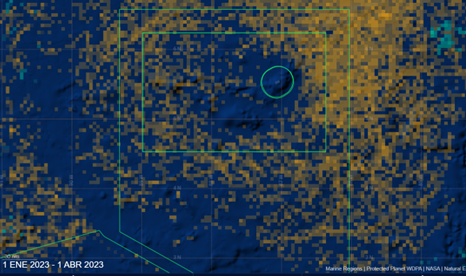
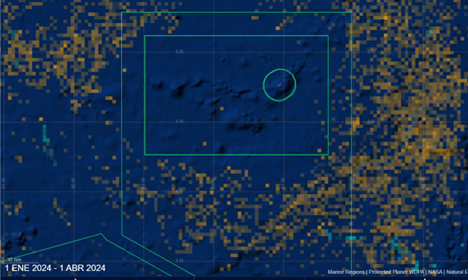
3. Clarification of the coordinates used in the expansion of Bicentenario Marine Protected Area and Cocos Island National Park; a very important outcome allowing fishermen to be aware of where their boundaries are situated. The first image above shows incursions inside Cocos Island National Park from 1 January to 1 April 2023; the second image above shows incursions for the same period of time in 2024. The decrease is extremely gratifying.
To me, these three achievements resulting from our negotiations with the domestic fishing sector are just the beginning of our navigation towards an Ocean of Peace. Dialogue, transparency and inclusion are key; the fishermen are respecting the terms of the agreements and understand that public policy should be continuous through administrations, considerate of their needs, and aim to leave no one behind. A healthy, productive and resilient ocean benefits us all.
Header Image Credit: Kris Mikael Krister/Wikicommons (CC BY 3.0)
Republished with permission from World Economic Forum

